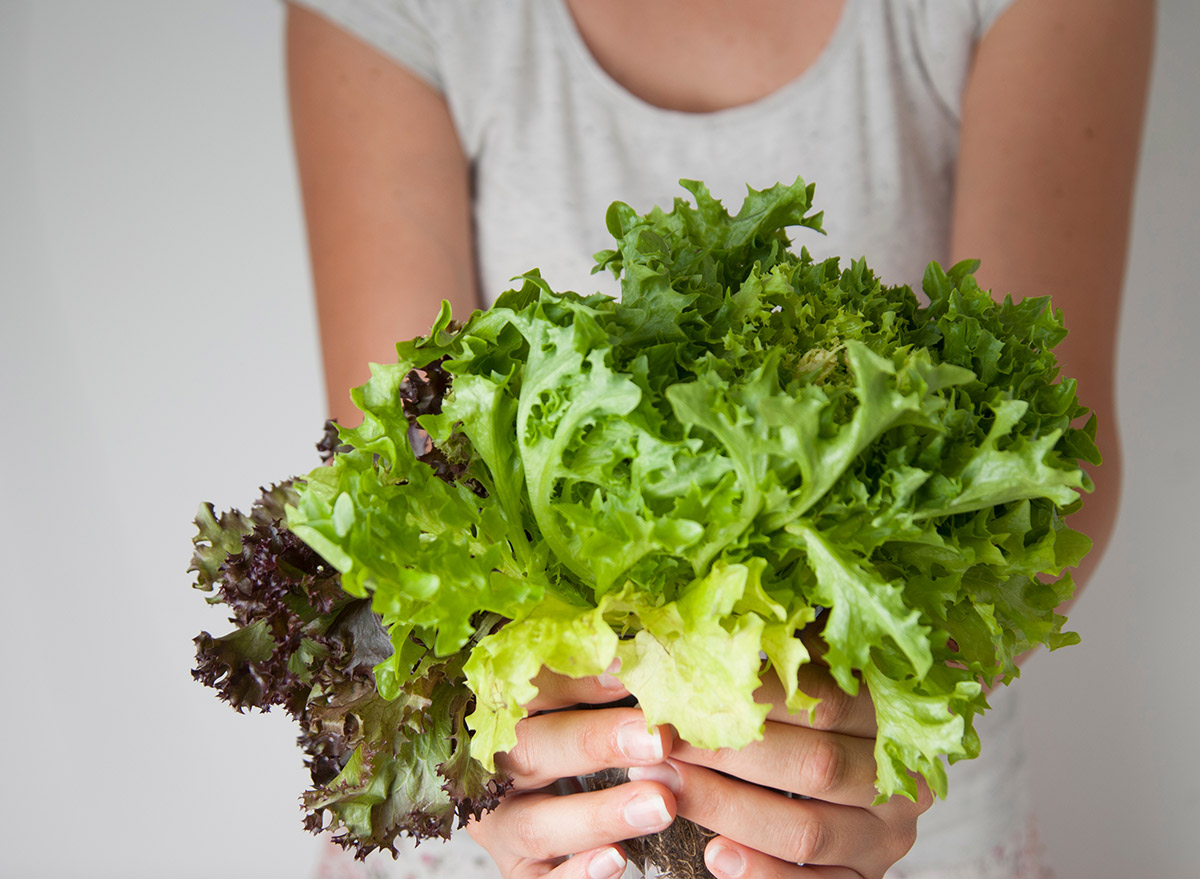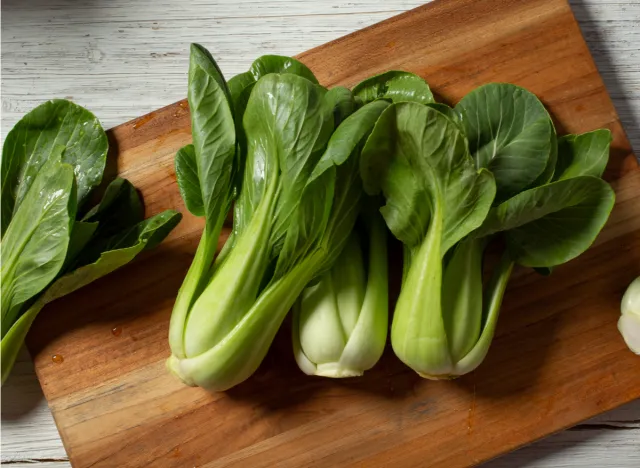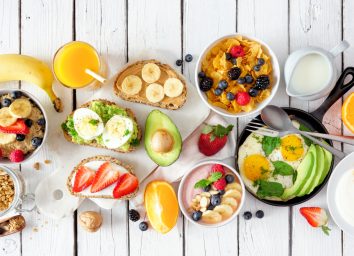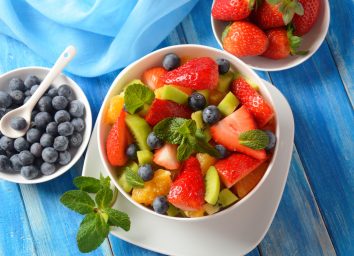The #1 Best Leafy Green to Help Control Body Fat, Says Dietitian

Our body has a need for anatomical fat, even subcutaneous adipose tissue (essential fat beneath the skin), and some visceral adipose tissue (fat surrounding organs, with excess often deposited in the midsection), but too much is too much. Lifestyle behaviors including healthy weight maintenance, regular physical activity, managing stress, receiving adequate sleep, and positive eating habits—including adequate dark leafy greens consumption—can help us achieve a better body composition.
All dark leafy greens, as is, are low in calories. At just 10 to 15 calories per cup, dark leafy greens only help the weight loss equation when it comes to calorie balance. These greens, from collards to kale to arugula, also offer a nice amount of fiber (about 3 grams per 3 cups fresh, mostly as insoluble fiber). Be mindful however of how dark leafy greens are prepared or consumed: cooked in bacon fat, found underneath a puddle of Caesar dressing, or hidden in a pile of cheese aren’t great ways to keep your weight in check.
Some scant literature exists to suggest that certain vegetables could hold extra power in decreasing body fat. A 2014 cross-sectional study in the Journal of the Academy of Nutrition and Dietetics found that consumers of nutrient-dense vegetables (classified as nonstarchy dark leafy greens and deep orange/yellow vegetables which were not juices nor fried), rather than non-consumers, had lower visceral fat and improved insulin sensitivity. The authors brainstormed that perhaps the fiber or polyphenols in these vegetables may explain some of the health benefits.
However, more evidence points to adequate dark leafy green intake as simply being a sign of a nutritious diet that supports a healthy body weight range. And that consuming dark leafy greens in their original form, rather than being manipulated through excess food processing, holds the greatest health advantage.
While many dark leafy greens can help with controlling body fat composition, there’s a tasty one to try that you may not have thought to pick up before—bok choy.

Bok choy is a dark leafy green that you may not have added often to your grocery list in the past, but one that is familiar and affordable enough that we can find some easy ways to eat them more frequently. Here are some ways to add a boost to your meals and snacks in the coming weeks.
- Juicy Asian chicken and saucy slaw: sub in tofu for the chicken to go meatless!
- Stir-fry with Bok choy: combine wild rice or brown rice, a mix of frozen or fresh vegetables (including Bok choy), your favorite protein, and a sensible amount of sauce in a wok and cook until perfection.
- Cod, miso glaze, mushrooms, garlic, baby Bok choy: fine here as well to throw in a plant-based protein like seitan if you don’t consume fish.
- Seasoned grilled vegetables: roast up root vegetables, onions, and Bok choy with garlic and herbs like rosemary and sage for an easy side dish.
For more tips on leafy greens, check out Major Effects of Eating Leafy Greens, According to Science.









